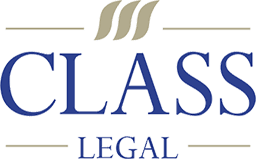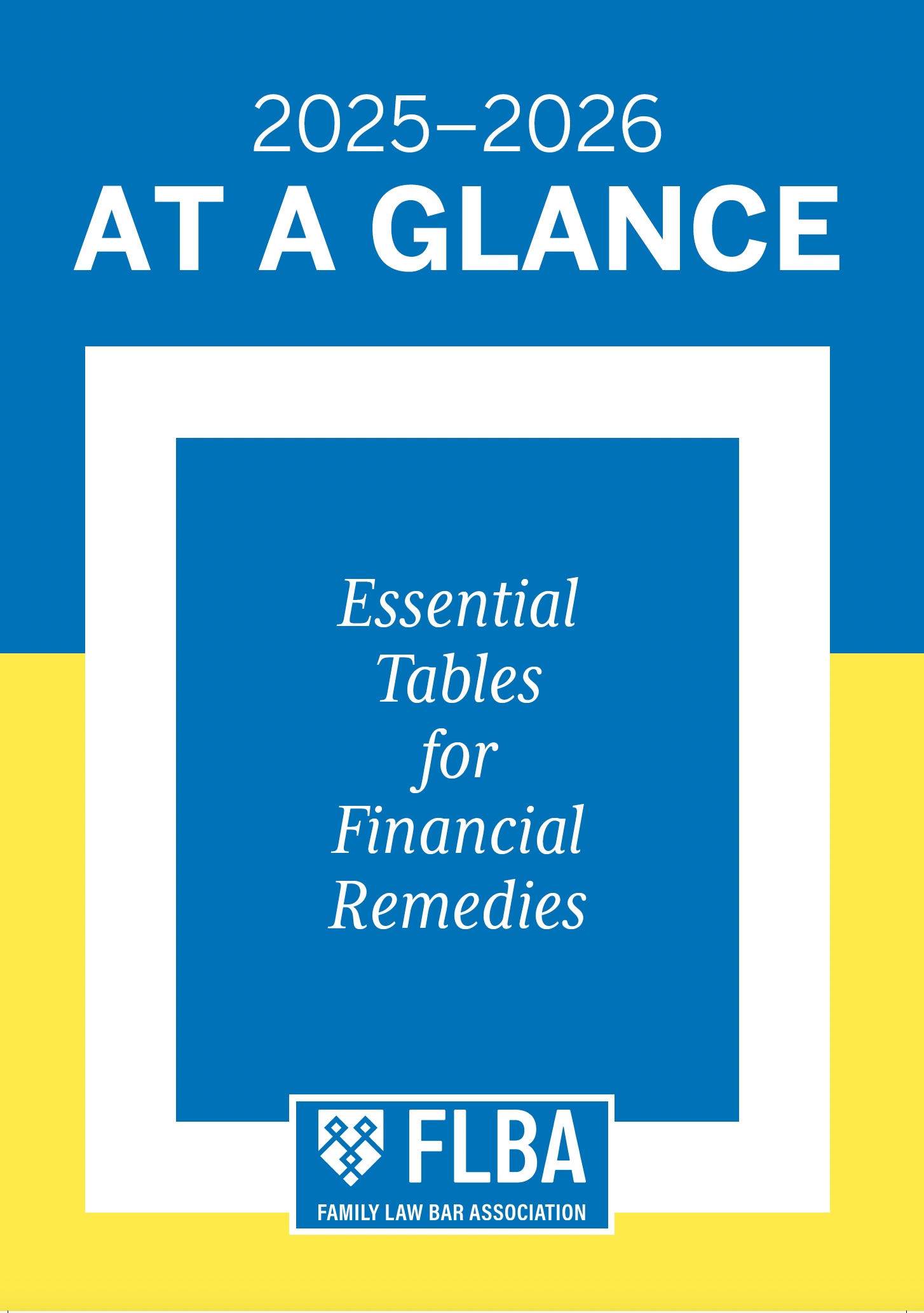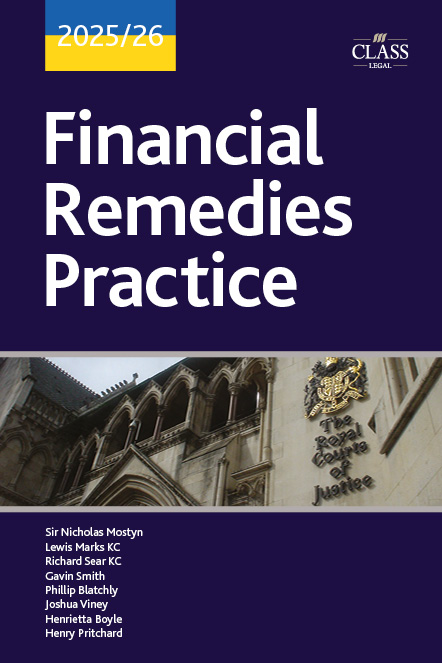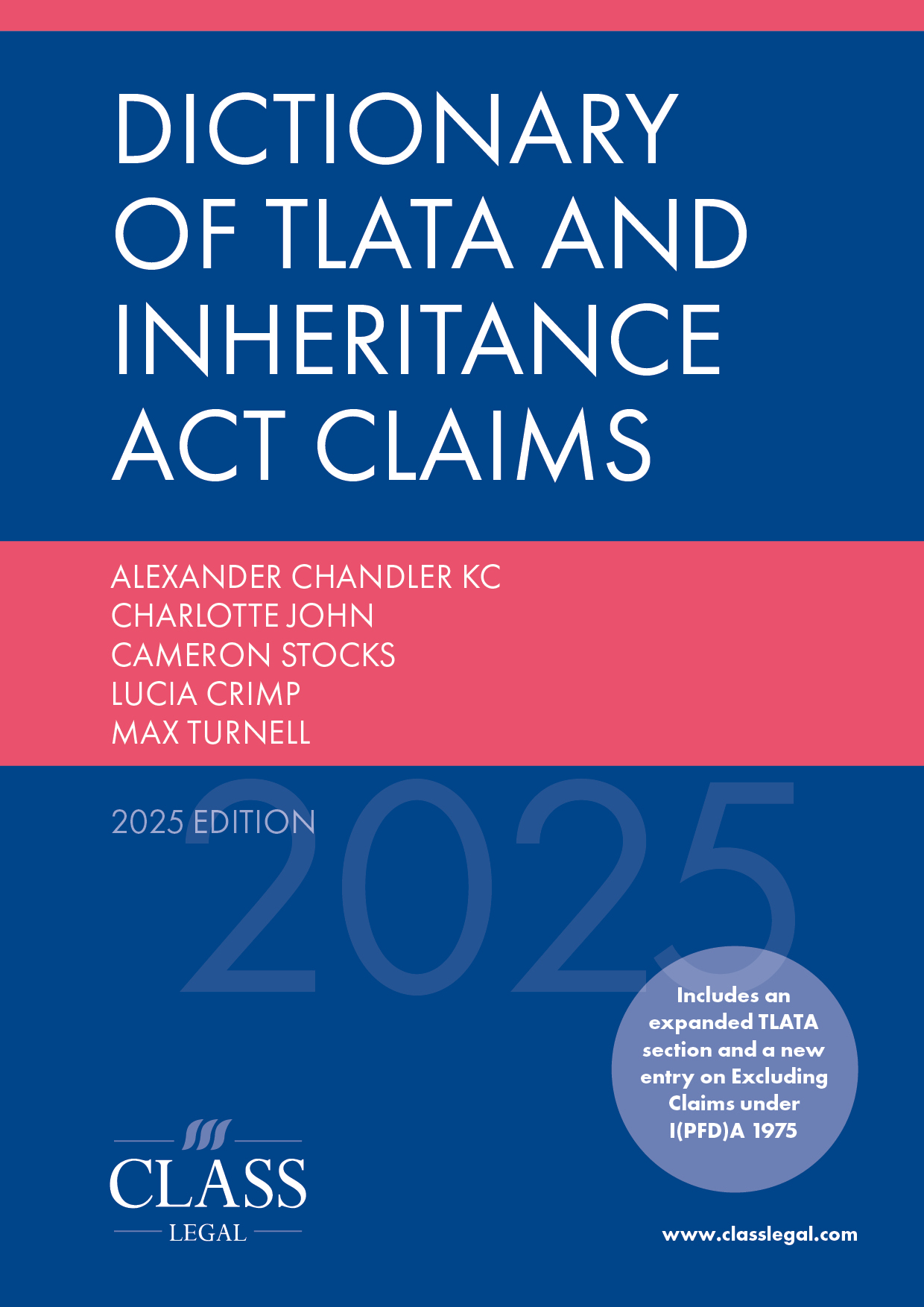
AB v CD & Ors [2025] EWFC 95813 February 2025
Published: 30/05/2025 13:00
https://caselaw.nationalarchives.gov.uk/ewfc/2025/958
HHJ Richard Williams. Judgment following a trial of a preliminary issue in financial remedy proceedings to determine (a) if a transfer of shares was made with the intention to defeat a claim for financial relief and should therefore be set aside and (b) if a loan had been made and, if so, if it had since been waived.
Background
This matter involved four parties: (1) AB, the applicant wife; (2) CD, the respondent husband; (3) EF, CD’s mother; and (4) GH, CD’s brother.
The family owned a successful caravan park business which was operated through multiple companies and partnerships. CD was the sole registered shareholder of one such company, 'GUTHRUM Limited’ (‘Guthrum’), with CD and EF being co-directors. On 19 April 2019, AB and CD separated. A mere 11 days later, CD transferred his shareholding in Guthrum as 50% to EF and 50% to GH. During these proceedings, in July 2022, Guthrum was placed in administration following an application made by companies that EF had majority shareholdings of. The parties disputed the reason for the transfer:
(a) The Shares Transfers; [4(a)]
| Party | Position |
| AB | The Share Transfers by CD intended to defeat her claim for financial relief and should be set aside pursuant to section 37 MCA 1973. |
| CD | Agreed with AB’s case throughout the long running proceedings. On the morning of the trial, CD amended his statement of case to support EF’s position. |
| EF | Guthrum had no value at the time of the Share Transfers and so AB suffered no loss. The shares had been held on trust for EF. It was a mistake that the transfer was to EF and GH, it should have been EF alone. |
| GH | Debarred from advancing a positive case due to failure to comply with court directions. |
CD is also the registered owner of BLACKSMITH Caravan Park and the adjoining family home at BLACKSMITH house. In January 2006 a Loan Agreement was allegedly entered between CD and EF for £251,142 (‘Alleged Loan’) to assist in the purchase of BLACKSMITH. The parties' positions on this Alleged Loan were:
(b) Alleged Loan; [4(b)]
| Party | Position |
| AB | There was no Alleged Loan, or it has since been waived. |
| CD | Initial case was the alleged loan was statute-barred. On the morning of the trial, CD agreed with EF that the Alleged Loan must be repaid. |
| EF | Alleged loan of £251,142 was made and must be repaid. |
Evidential issues
HHJ Williams found that AB, CD and EF all gave unsatisfactory evidence; [57]. AB was not a reliable witness and CD and EF were both unreliable, and at times dishonest; [65]. They were also not objective observers, there was clearly deep-seated feelings of anger, resentment, betrayal and bitterness amongst the family; [66].
HHJ Williams reminded himself of the importance of corroborating contemporaneous documents, acknowledging that a court may draw adverse inferences from a failure to produce such documents or to call a witness; [51]–[54]. He also gave himself a Lucas Direction; [56].
Determination
(a) The Shares Transfers
EF argued that Guthrum held no value at the time of the transfer, relying in part on the valuation of a jointly instructed accountancy expert. The judge did not attach weight to the valuation; the reasons are set out at [77] and include that the ‘best and fairest’ way to ascertain value is sale on the open market and the Administrators had received offers on the open market contrary to the expert valuations. The judge found he was entitled to assess the expert evidence in the context of the case and depart from it, albeit there should be good reason when doing so; [75].
HHJ Williams therefore found that the shares in Guthrum did have substantial value at the time of Shares Transfers, and it was incumbent on EF to prove that the transfer did not intend to defeat AB’s claim; [80]. EF’s case here was that the transfer was to regularise the position that Guthrum was held on trust for her.
HHJ Williams identified and rejected the three potential methods of trust formation:
- Bare trust; [96]–[101]: this type of trust failed for lack of certainty. Moreover, the last-minute suggestion by CD and EF, in re-examination, that this arose via a kitchen-table conversation was simply made up.
- Resulting trust; [102]–[108]: this type of trust failed as there was not a sufficient nexus between the loans to purchase the business and EF such that a resulting trust would arise.
- Common intention constructive trust; [109]–[112]: this failed. HHJ Williams conducted an analysis of the factual matrix and determined that this was a gift to CD and not held on trust for EF. This included noting that the family would have been advised to draft documents to record the existence of a trust.
HHJ Williams therefore found he was entitled to set aside the Shares Transfer but retains discretion as to whether he would make the order; [114]. CD argued there was no purpose in the set aside as Guthrum was an insolvent company. The judge disagreed at [116], finding Guthrum was balance-sheet solvent and the Shares Transfer should be set aside; [117].
(b) The Alleged Loan
HHJ Williams found that the sum of £251,142 was paid to CD to assist him purchasing BLACKSMITH, making use of contemporaneous accounting documents; [121]. Nonetheless, the Loan Agreement was not enforceable – [123] – as EF failed to establish what amount was paid by, and therefore owed to, her. Further, if monies were owed to her this would be a soft loan which has not been enforced over the 20 years since purchase.
Conclusion
The Share Transfers were set aside and EF’s claim in respect of the Alleged Loan was dismissed; [125]–[126].








